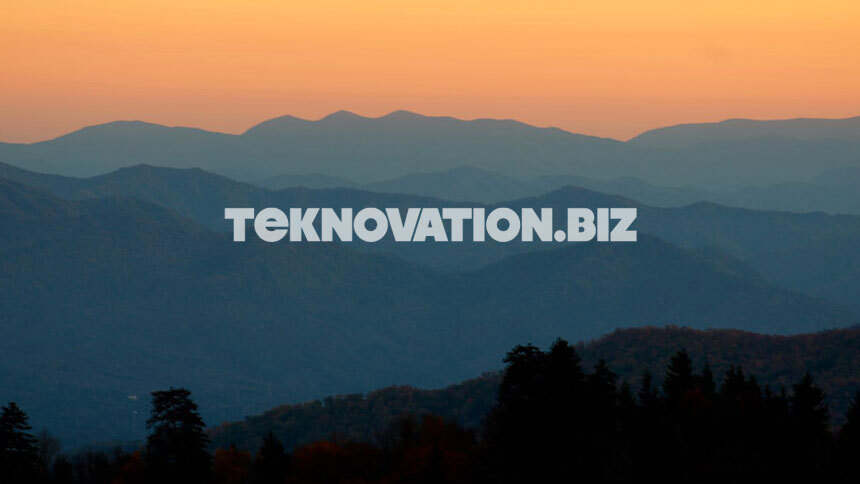
Paulus pleased with ORNL’s new Technology Innovation Program
 (EDITOR’S NOTE: This is the first in a two-part series focused on Oak Ridge National Laboratory’s new Technology Innovation Program.)
(EDITOR’S NOTE: This is the first in a two-part series focused on Oak Ridge National Laboratory’s new Technology Innovation Program.)
By Tom Ballard, Director of Innovation and Entrepreneurial Initiatives, Pershing Yoakley & Associates, P.C.
Mike Paulus likes to say that technology transfer is a U.S. Department of Energy mission, and he could not be more pleased with the early success of the new Technology Innovation Program (TIP) at Oak Ridge National Laboratory (ORNL).
“We have a 75 percent hit rate,” he says of the technologies selected in FY2013 that either have been licensed or are in final negotiations. “That’s unheard of.”
Now in its second year, TIP is an innovative initiative focused on accelerating the commercialization of high potential technologies that have near-term impact. Projects are selected based on both their scientific merit and commercial potential.
“We can fund four to five technologies in the first year and one to two for extended investment in the second year,” ORNL’s Director of Technology Transfer said.
A new call for first-year proposals is made annually. The monies to support the program are derived from royalties collected on previously licensed technologies, an approach consistent with the prescribed uses of royalty dollars.
Four technologies were selected in the initial year – an on-line tool to analyze home energy usage, a method for producing roll-to-roll graphene, a catalytic upgrading of ethanol to fuel blend stock, and a membrane to remove water from engine exhaust. Three of the four have been licensed. Two of those licenses – Vertimass and Fiveworx – were recently announced.
Paulus is a former ORNL researcher and entrepreneur – Co-Founder of ImTek – who returned to the lab in 2010 to lead its commercialization program. With his previous experience as a scientist who commercialized a lab technology, he understands both the challenges and opportunities.
“We run it like a venture capital company,” Paulus says in describing TIP.
It starts with an annual internal solicitation where researchers work with Commercialization Managers on Paulus’ team to submit inventions.
“These are unlicensed, high-potential technologies,” Paulus explains. With a more strategic commercialization plan and additional investment to mature the technology, they will have a better likelihood of being successfully licensed by a private company.
A panel selects the four or five technologies to be part of the program’s first year. Once selected, the inventors and their assigned Commercialization Manager (CM) work in tandem in what could be characterized as a tag team race to the finish line.
“The CMs are a partner with the Principal Investigator (PI),” Paulus explains. Their collaboration ranges from making as many potential licensees as possible aware of the technologies to participating in what are described as intense quarterly project reviews.
“These (review) sessions are really an effective tool,” Paulus says, drawing a comparison with what venture capitalists do to measure progress on their investments in start-ups.
During the first nine months of the initial year, the CM and PI refrain from entering licensing negotiations. Instead, they “spend a lot of energy marketing the technology,” Paulus says. “We really want to find the best, high-quality licensee.”
The nine-month “window of awareness” helps build interest in the technologies while also affording prospective licensees time to conduct their due diligence.
ORNL operates on the federal fiscal year, so the nine-month period ends in July. At that point, the lab launches a competition for the TIP technologies.
“We list them in FedBizOps as part of a broad call for licensing proposals,” Paulus says. “When you have a competition, you get higher quality business plans.”
The proposal process is also important from another perspective. The lab expects to offer second year follow-on funding to one or two of the technologies.
“Year 2 funding is intended to further develop the technology in the direction our private sector partner is going,” Paulus explains. “The ticket to compete for Year 2 is an executed license or one that is pending.”
ORNL is nearing the end of its nine-month awareness building process with the second set of technologies. They include a smart smoke alarm, a method to cast alumina forming austentic stainless steels, a way to manufacture low-cost battery anodes from recycled tires, and a technology to make a high performance plastic from lignin.
Paulus says the lab will issue its call for proposals to commercialize these technologies in early July.
NEXT: What are these technologies?


